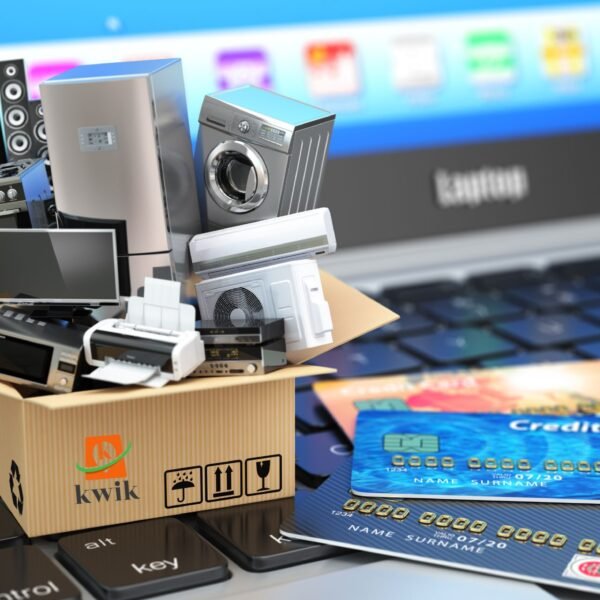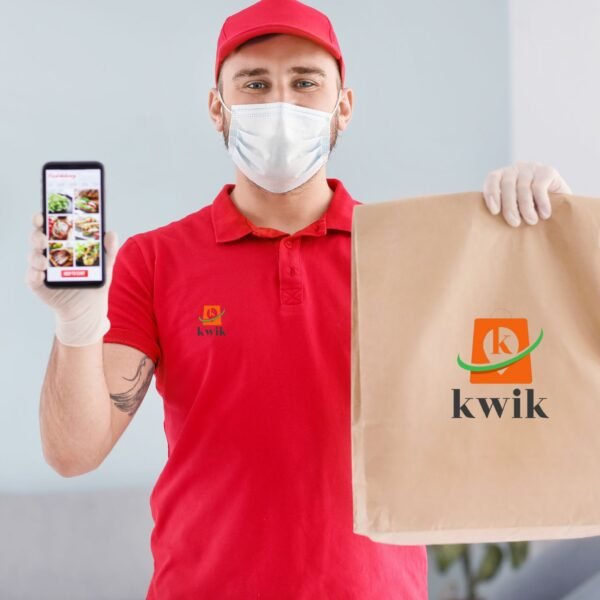The rise of quick commerce—delivering groceries within minutes—has shaken up traditional retail models. Platforms like Kwik, Zepto, and Blinkit are reshaping how consumers shop, offering convenience at the tap of a screen. While this shift has created new expectations, it has also triggered concern among local grocery stores, many of which feel overshadowed by app-based delivery giants.
However, all is not lost. Local kirana stores can adapt, thrive, and even collaborate in this new ecosystem. Here’s how.
Understanding the Challenge
Quick commerce offers consumers:
- Ultra-fast delivery
- Digital convenience
- Real-time availability
- Discounted pricing
These offerings directly challenge the traditional walk-in grocery model, which may not always match the speed or pricing strategies of tech-driven platforms. But kirana stores still hold several unique strengths that platforms can’t replicate alone.
What Local Stores Still Have in Their Favor
1. Customer Trust and Familiarity
Local stores often serve the same households for years. They offer personalised service, credit facilities, and even home deliveries without formal apps. This trust is hard to replicate.
2. Proximity and Hyperlocal Reach
No one knows a neighbourhood better than the local grocer. They’re already embedded in the community, offering unparalleled delivery speed if properly optimised.
3. Product Knowledge and Customisation
Local shopkeepers know exactly what brands their customers prefer, including regional products and niche items not found on larger platforms.
Survival Strategies for Local Grocery Stores
1. Digitise Operations
You don’t need an app to go digital. WhatsApp-based ordering systems (like Kwik offers) are cost-effective and user-friendly. Stores can maintain order lists, broadcast offers, and communicate directly with customers.
Tools to explore:
- Google Forms for order taking
- WhatsApp Business for catalogues
- UPI payments for ease and transparency
2. Collaborate With Quick Commerce Platforms
Instead of competing, stores can partner with platforms like Kwik to act as hyperlocal supply points. This helps expand reach and gain steady order volumes without needing to set up delivery logistics.
Platforms benefit from local inventory, while shops get access to tech, promotions, and new customers.
3. Focus on Speed + Quality
Quick commerce may deliver fast, but local stores can deliver faster. With the right coordination, many can fulfill orders within 15–30 minutes—with zero platform dependency.
Add quality checks, hygiene practices, and reliable delivery, and you’ve got a competitive edge.
4. Introduce Loyalty Programs
Offer basic loyalty incentives such as:
- Free home delivery above a certain order value
- Small discounts on recurring orders
- Referral benefits for neighbourhood customers
These small gestures build loyalty in ways digital-only platforms often overlook.
5. Streamline Inventory & Promotions
Track fast-moving items, restock smartly, and introduce in-store or WhatsApp-exclusive promotions. Customers love convenience—but also deals.
Conclusion
Quick commerce isn’t going away—but local grocery stores aren’t obsolete. With the right blend of technology, community engagement, and operational upgrades, they can evolve alongside the digital shift.
By adapting to new-age customer expectations and tapping into collaborations with platforms like Kwik, local stores can not only survive the boom—but thrive within it. The future of retail isn’t about man vs machine—The future of retail isn’t about man vs machine—it’s about man + machine.






Leave a Reply